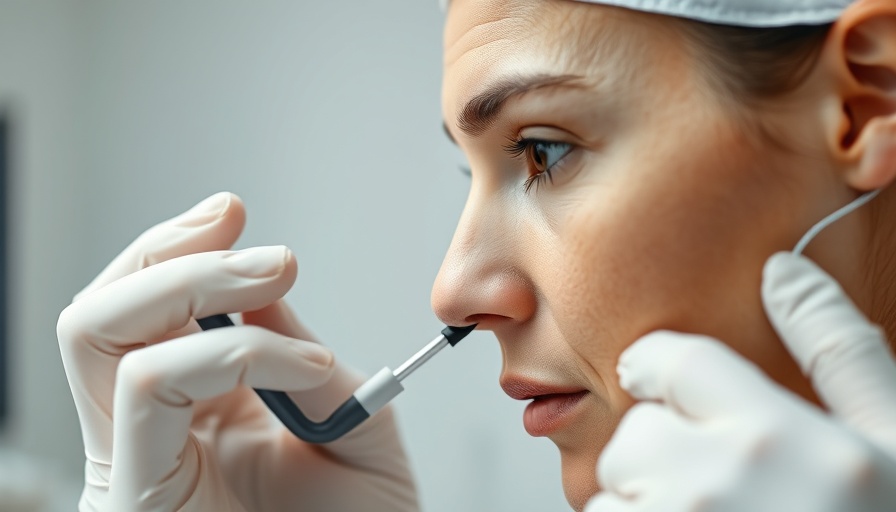
Emerging Dermatology Innovations of the Week
The week of March 17-21 has been buzzing with exciting breakthroughs in dermatology. From advancements in treatment for hidradenitis suppurativa to new insights on clindamycin resistance, this roundup encapsulates essential developments that could redefine patient care in the field.
Clindamycin Resistance: Unpacking Insights
Recent research using Cryo-EM techniques has pinpointed the molecular mechanisms behind clindamycin resistance in Cutibacterium acnes. The study reveals specific mutations that impede the binding of antibiotics, highlighting a pressing challenge in acne treatment. Understanding these mechanisms can help dermatologists tailor more effective antibiotic therapies, addressing both efficacy and resistance concerns.
Promising Treatments for Hidradenitis Suppurativa
Incyte's phase 3 STOP-HS trials have shown that povorcitinib significantly improves outcomes for patients suffering from moderate to severe hidradenitis suppurativa. The findings reveal that patients experienced considerable symptom relief, making this a vital addition to treatment options in dermatology and opening avenues for further research in anti-inflammatory therapies.
Cosmetic Procedures: Addressing Unrealistic Expectations
As dermatology increasingly intersects with aesthetics, Dr. Chris Tomassian discussed the impact of social media on beauty standards during a recent seminar. The proliferation of filtered images and unrealistic portrayals of beauty has led to distorted expectations among patients. This prompts a necessary dialogue about how dermatologists can manage these perceptions while promoting realistic and healthy self-image.
Climate Change and Dermatology: A Call to Action
Experts are urging dermatologists to engage in climate advocacy, recognizing the importance of sustainable practices within the field. As dermatological conditions become increasingly influenced by environmental factors like pollution and climate change, professionals are called to adopt and promote eco-friendly initiatives. This commitment not only preserves skin health but also sets an industry standard for future practitioners.
Advancements in Acne Treatment: Ialuxid Gel
In another exciting development, the medical device Ialuxid Gel has demonstrated a 56% reduction in acne lesions after just 56 days of treatment. Patients reported only mild adverse events, emphasizing the potential of non-invasive treatments in achieving effective results without extensive side effects. As interest grows in minimally invasive techniques, products like Ialuxid Gel could revolutionize acne management.
AAD 2025: Key Takeaways for Practitioners
The AAD 2025 presentation highlighted the most significant late breakers in dermatology research. Topics included innovative therapies for periorbital hyperpigmentation, with lasers emerging as the most effective treatment option, and groundbreaking findings on potential new therapies for topical steroid withdrawal (TSW). These insights will shape best practices for clinicians and drive patient-centered care.
Paving the Way: Women in Dermatology
This week, the spotlight was cast on women's contributions to dermatology. Highlighting their roles as leaders, healers, and innovators, the initiative aims to encourage more women to enter the field, facilitating a richer, more diverse future in dermatology.
Concluding Thoughts: A Dynamic Landscape
This week's dermatology highlights not only shed light on groundbreaking research and treatment options but also emphasize the necessity of adapting to societal and environmental changes. As the field continues to evolve, staying ahead of trends will be essential for practitioners aiming to offer the best care while promoting wellness and sustainability.
 Add Row
Add Row  Add
Add 

 Add Row
Add Row  Add Element
Add Element 




Write A Comment